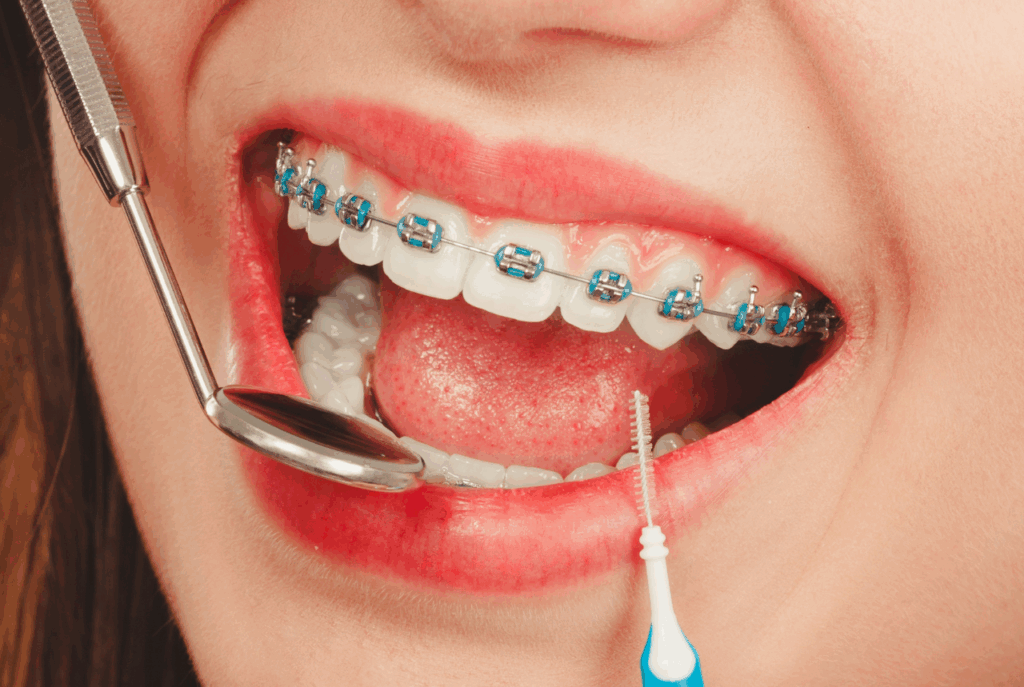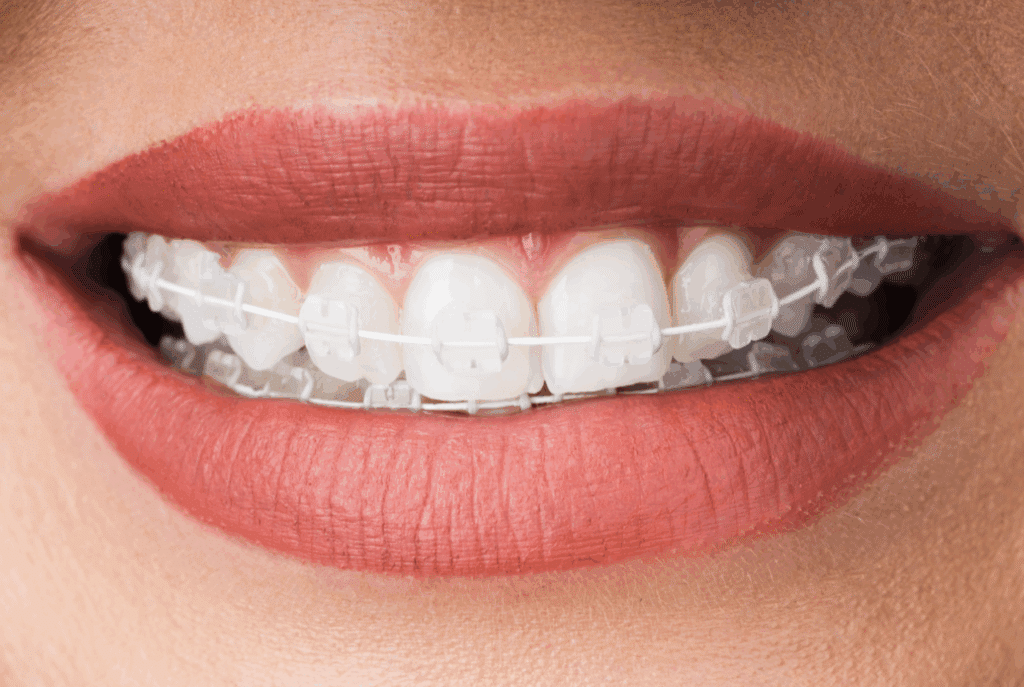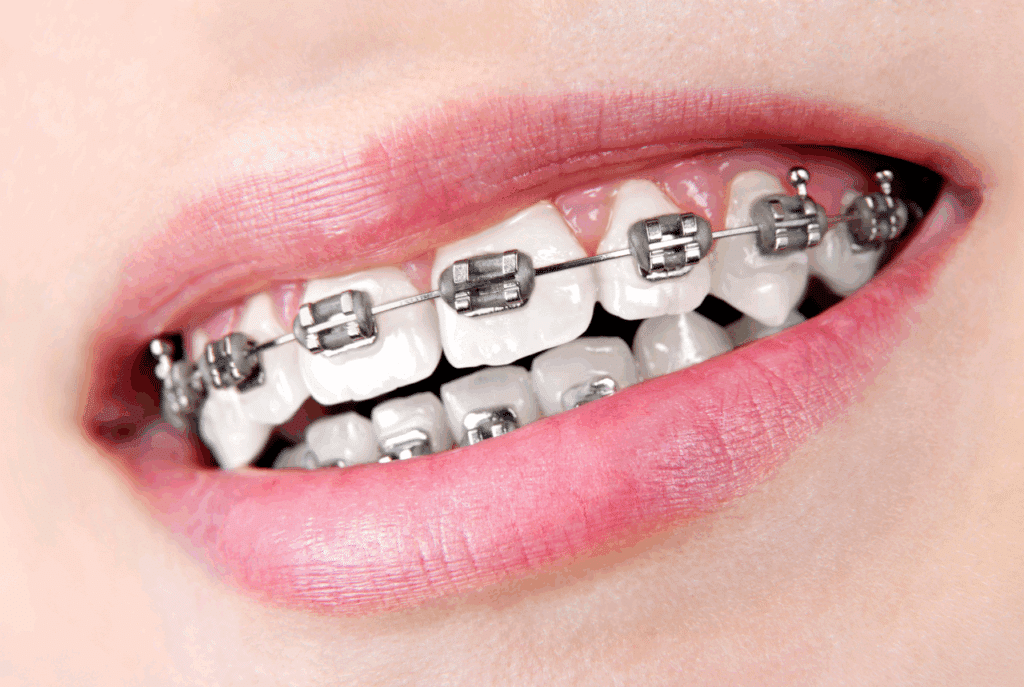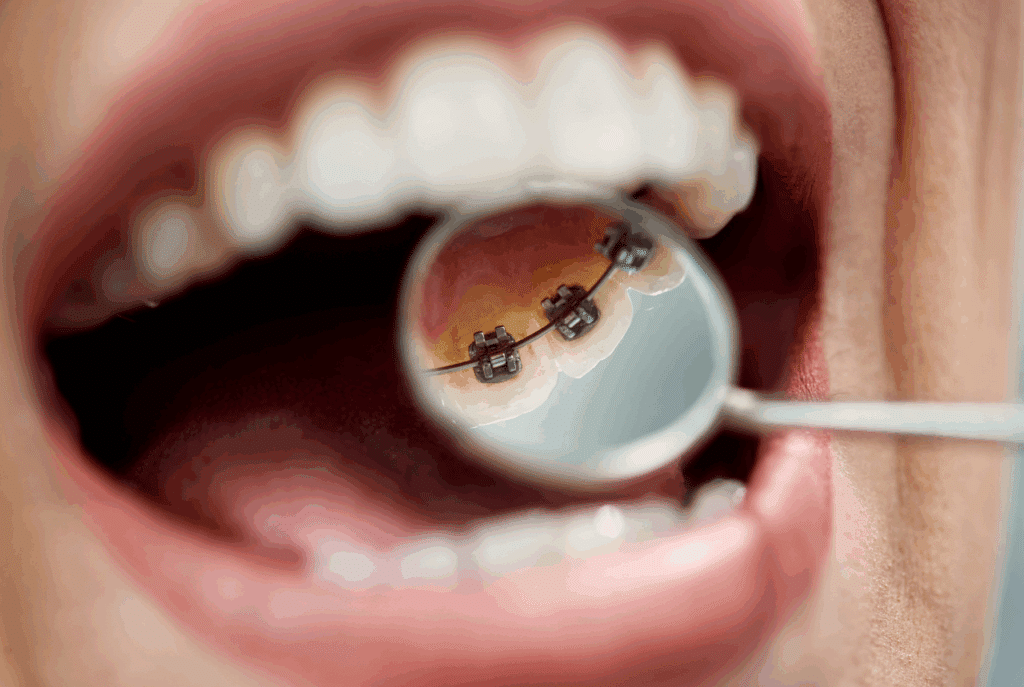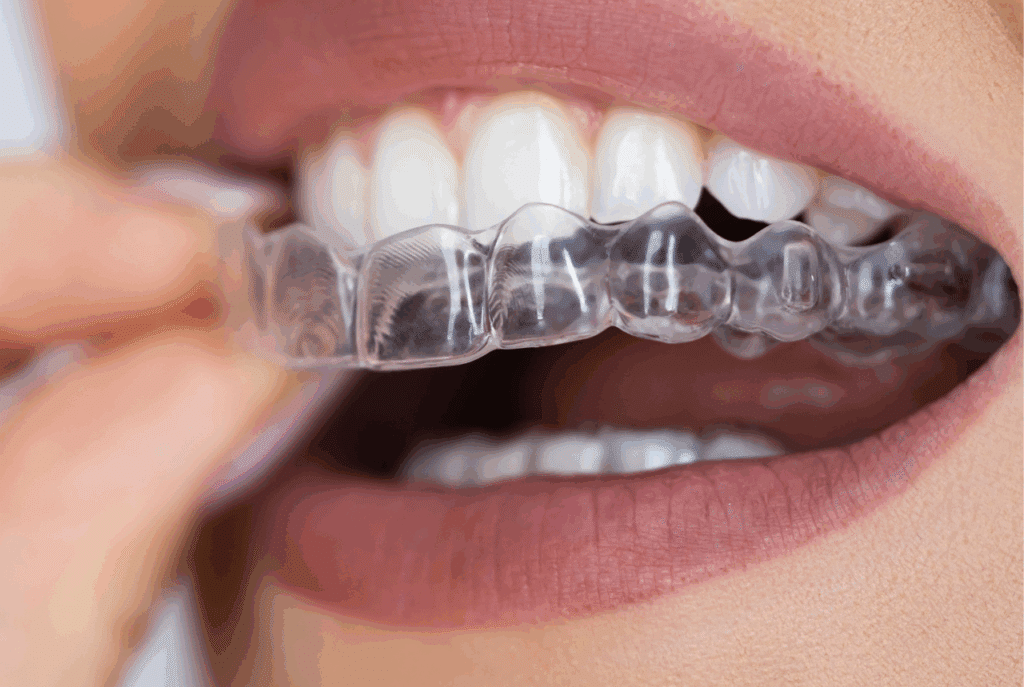Braces Maintenance & Long-Term Care
Retention Phase of Braces
Once braces are removed:
- You’ll be fitted with a retainer, either fixed (bonded) or removable.
- For removable retainers: often full-time wear at first, gradually reducing to nights only.
- Fixed retainers stay permanently (or long-term), but still require cleaning.
Daily Maintenance of Braces
- Continue brushing at least twice daily and flossing once daily.
- Use antibacterial mouthwash (alcohol-free) to help reduce plaque around brackets or retainer wires.
- Maintain regular dental check-ups (cleaning & examinations every 6 months or as advised).
Lifestyle Habits with Braces
- Avoid nail-biting, chewing hard objects (e.g. pens), or using teeth as tools.
- If you grind or clench your teeth (bruxism), use a night guard if recommended.
- Protects results by following all advice on retainer use and diet.

 Or choose to pay in full if you prefer.
Or choose to pay in full if you prefer.
